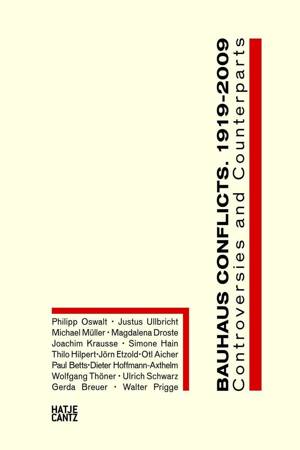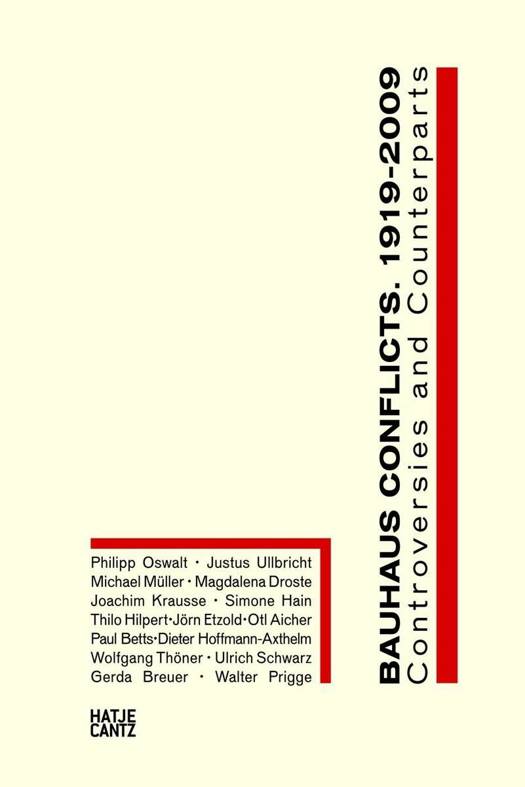
- Afhalen na 1 uur in een winkel met voorraad
- Gratis thuislevering in België vanaf € 30
- Ruim aanbod met 7 miljoen producten
- Afhalen na 1 uur in een winkel met voorraad
- Gratis thuislevering in België vanaf € 30
- Ruim aanbod met 7 miljoen producten
Zoeken
Bauhaus Conflicts 1919 - 2009
Controversies and Counterparts
Dieter Hoffmann-Axthelm
Paperback | Engels
€ 28,45
+ 56 punten
Omschrijving
The Bauhaus, one of the icons of modernism, was controversial from the startnot only because of internal strife, but also due to critique or enmities from the outside. And the controversy did not end with the closure of the Bauhaus itself. Yet nothing else revealed Bauhaus ideas and ideology as well as these confrontations did. Through them, the basic issues of the modernist program became clear. It became obvious that there was no such thing as one kind of modernism, just as there was no ONE Bauhaus; instead, there were different, contradictory, and even oppositional movements and positions: the Bauhauses.
Few cultural movements have been as politically instrumentalized as the Bauhaus has. These controversies reflect the relationship between politics and culture in the twentieth century, and hence, the history of the construction of German identity.
Few cultural movements have been as politically instrumentalized as the Bauhaus has. These controversies reflect the relationship between politics and culture in the twentieth century, and hence, the history of the construction of German identity.
Specificaties
Betrokkenen
- Auteur(s):
- Uitgeverij:
Inhoud
- Aantal bladzijden:
- 224
- Taal:
- Engels
Eigenschappen
- Productcode (EAN):
- 9783775724883
- Verschijningsdatum:
- 30/09/2009
- Uitvoering:
- Paperback
- Afmetingen:
- 140 mm x 210 mm
- Gewicht:
- 550 g

Alleen bij Standaard Boekhandel
+ 56 punten op je klantenkaart van Standaard Boekhandel
Beoordelingen
We publiceren alleen reviews die voldoen aan de voorwaarden voor reviews. Bekijk onze voorwaarden voor reviews.








